.png.transform/rendition-xs/image_image%20(1).png)
Pago de los Capellanes: One of Ribera del Duero’s Youngest Stars
In little more than fifteen years, Pago de los Capellanes has reached the podium reserved for Ribera del Duero’s greatest bodegas, a sphere dominated by the region’s oldest wineries, such as Vega Sicilia or Alejandro Fernández. In this short time the Rodero – Villa family have earned the reputation of serious winemakers; producers that are committed to the terroir and to making great quality wines that are acknowledged both at home and abroad
At the outset of its maturing phase, Pago de los Capellanes has become a bodega of distinction, in a more modern style under DO Ribera del Duero. The Rodero – Villa partnership, together with an exceptional team, which boasts oenologist Francisco Casas, and advocates a very singular way of understanding wine, have managed to transform an estate of scarcely a few thousand goblet pruned vines into their very own, over 125 hectares, personal vineyard. The majority of the vines that surround the bodega are in trellises; a creation by Jesús Manzanares, who has also left his mark on bodegas such as Enate, under DO Somontano, and Álvaro Palacios, under DO Priorato.
Pago de los Capellanes is an area located less than a kilometre from Pedrosa de Duero, a village in Burgos where some of the very best grapes in the whole of Ribera are harvested, and where, during the Middle Ages, a chaplaincy was founded. In due course, the chaplains (capellanes) of Pedrosa were able to accumulate land the size of a municipal district, but with the arrival of the ‘desamortización de Mendizábal (1855); the church land was auctioned off into the hands of the local authorities. Despite this change, its inhabitants still chose to call the locality Pago de los Capellanes, literally the area belonging to the chaplains.
This modern and functional bodega’s foundation stone was laid in1996, although the vineyard belonged to the family long before that, fuelling their dream of having their own bodega since 1980.
Only Tempranillo grapes
Pago de los Capellanes currently works exclusively with the Tinto Fino (Tempranillo) variety, subject to strict production controls. In fact, only 5,000 kilograms are collected per hectare, well under the 7,000 mark stipulated by DO Ribera del Duero’s Regulating Council. This factor, together with the personal monitoring of every batch bottled, are just two examples of the standard of quality carried out at this bodega. A quality that can be seen in the bodega’s complete range of wines that bear their hallmark on today’s market. Reds with a very individual potential; the combined result of tranquillity, care and patience.
The vineyard is divided into 35 plots that are vinified separately. The soils that produce these wines are found at an altitude of 800 meters above sea level and are clay-lime, with very little productive potential, which makes the plant take root deep into the earth. The vines face very hot summers (up to 45ºC) and very cold winters (0º) with a rainfall level of around 500ml per year. Similarly, during the harvest the thermal contrasts between day and night are also extreme, benefiting the grape ripening process, strengthening the alcoholic content, the colour and the tannins, and even more importantly, maintaining a balanced acidity.
Five wines, three different ageing...
The bodega’s catalogue offers five wines: three with different ageing (crianzas) and two straight from the vineyard. The ‘Joven Roble’, a blend from 20 plots with five months of ageing in new 300-litre casks, has a clean, bright cherry colour and an intensely fruited aroma that blends lactic and vanilla highlights typical of its brief encounter with new wood. In the mouth it is ample, persistent and velvety, without loosing the liveliness of the great Ribera young wines.
The ‘Tinto Crianza’ is a blend from 18 plots that is aged for 12 months. A morello cherry colour with a purplish rim, it offers a good balance between fruit and wood in the nose, with distinct hints of leather and liquorice typical of its twelve-month ageing process in French oak, never older than three years. It is smooth and balanced in the mouth, a few refined tannins can be perceived helping to prolong its life, and ending with a long and elegant finish and aftertaste.
The ‘Tinto Reserva’ comes from two plots and is bottled without being filtered or clarified. Here the morello cherry colour transforms to ruby with intense maroon tones. In the nose it has a refined complexity, with mature fruit tones in harmony with noble wood highlights, spices and a liquorice base. In the mouth it expresses great balance, very tasty and sweet owing to the ripeness of the tannins but also lively due to its good acidity.
...And two 'Parcelas'
But without doubt, Pago de los Capellanes‘s flagship is ‘Parcela El Picón’. A wine produced from a two-hectare plot of Tempranillo that, owing to its genetic peculiarities and special microclimate, generates extraordinary ripening of the tannins’ qualities. In 1998, after monitoring this plot exhaustively over a period of several years, a decision was made to harvest and work the fruit from these two hectares independently from the rest of the bodega’s wines. Since then only eight vintages have gone on the market.
The result is a long-life wine. Cherry in colour with floral aromas, with hints of blackberry and undergrowth and traditional French oak spices such as cinnamon, leather, tobacco, truffle and black liquorice. A complex wine in the mouth. Long and persistent, it opens our senses right the way through the tasting process.
And lastly, the most recent wine: ‘Parcela El Nogal’, often rated with more than 90 points by the prestigious US magazine Wine Spectator, a rating that indicates that we are before a wine of “distinction”. It is one of Ribera del Duero’s most individual wines, produced from a six-hectare plot of Tempranillo with a yield of 4,000 kilograms per hectare. From this wine, floral and fresh fruit aromas fill our senses, opening the way for vanilla, cacao, roast and new leather highlights that confirm the excellent coupage between wood and grape. Sandalwood and spicy tones, as well as tobacco or liquorice leave an agreeable and persistent memory. Its presentation in the mouth is elegant, fleshy, filling the palate with freshness. The first impression is potent and complex with a long aftertaste, intense, from a very ripe grape with round and noble tannins.
These are Pago de los Capellanes‘s distinguishing marks. It sells 40 percent of its produce abroad, with its main markets being the US, the United Kingdom, Germany, Mexico, Puerto Rico, the Dominican Republic and South Korea, although it is also present in many other countries on the European, American and Asian continents.
At the outset of its maturing phase, Pago de los Capellanes has become a bodega of distinction, in a more modern style under DO Ribera del Duero. The Rodero – Villa partnership, together with an exceptional team, which boasts oenologist Francisco Casas, and advocates a very singular way of understanding wine, have managed to transform an estate of scarcely a few thousand goblet pruned vines into their very own, over 125 hectares, personal vineyard
Wines from Spain/©ICEX
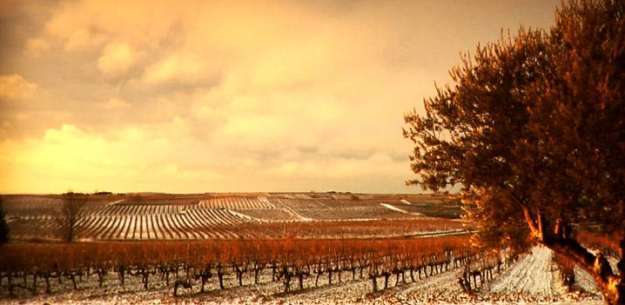
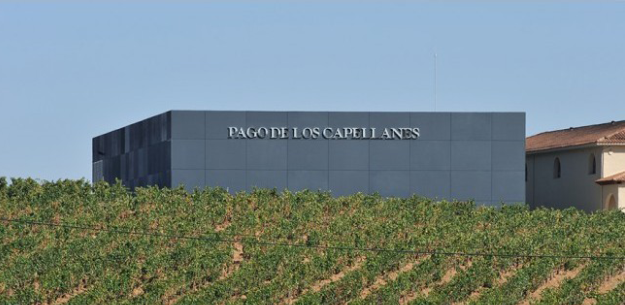
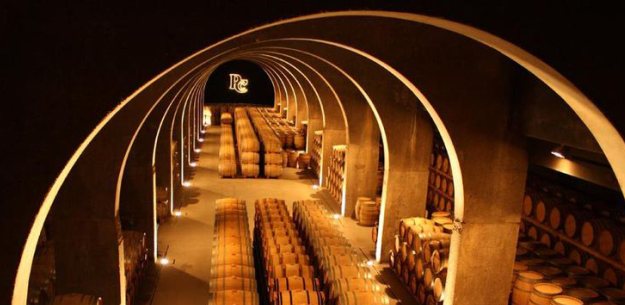
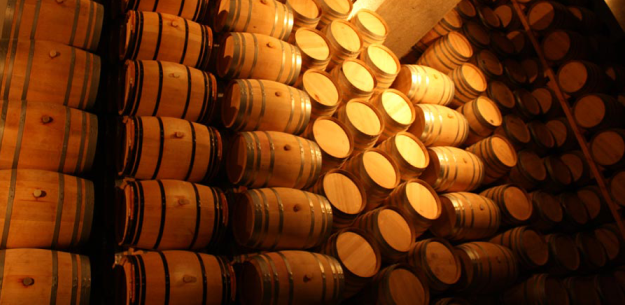
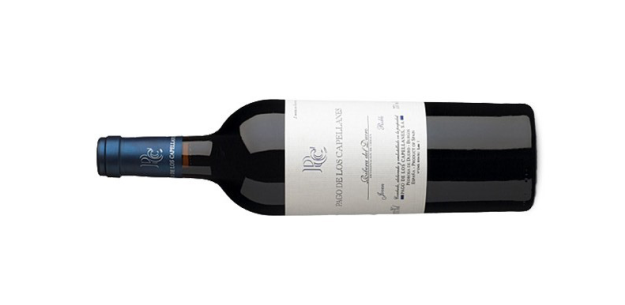
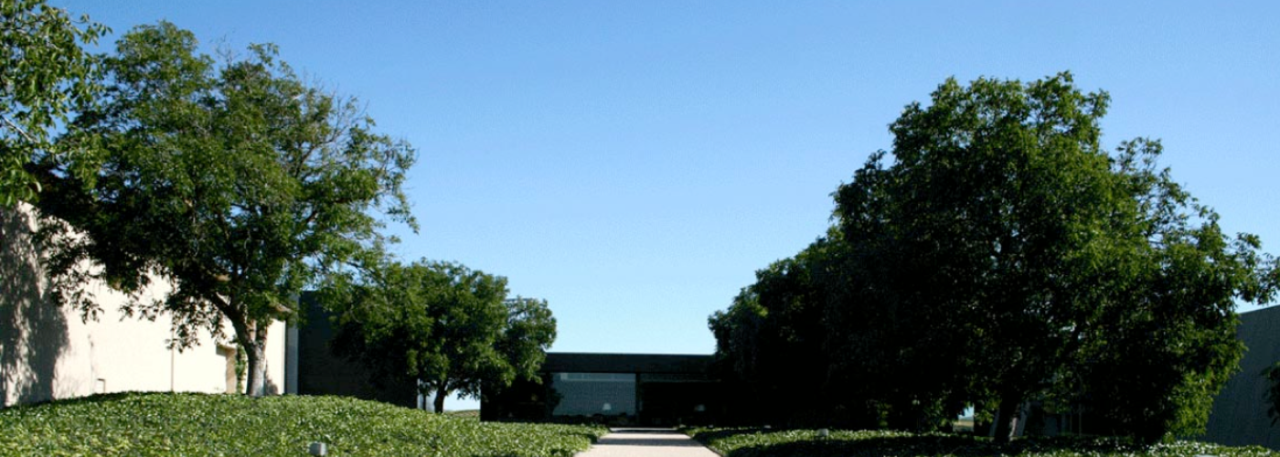
- Pago de los Capellanes
- Pago de los Capellanes
- Pago de los Capellanes
- Pago de los Capellanes
- Pago de los Capellanes
- Pago de los Capellanes


